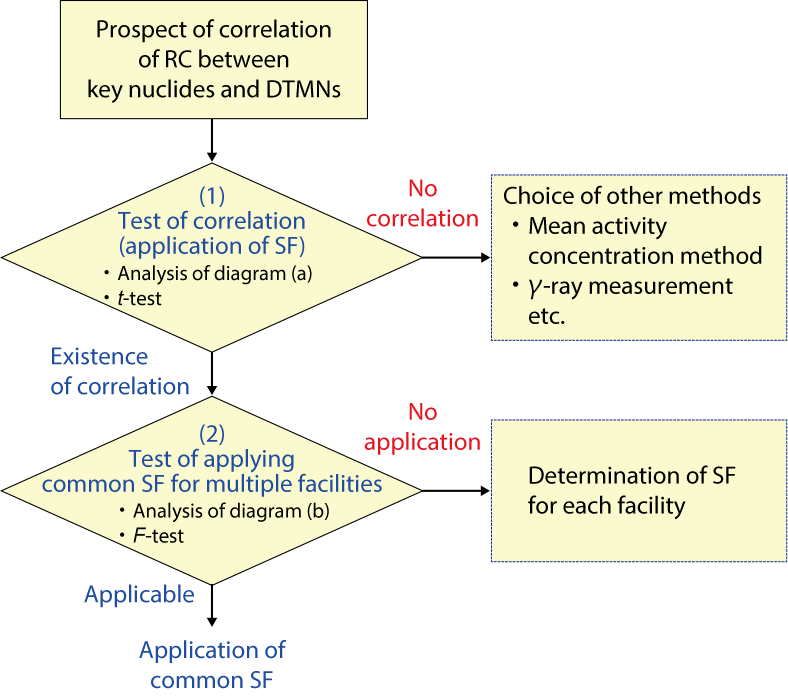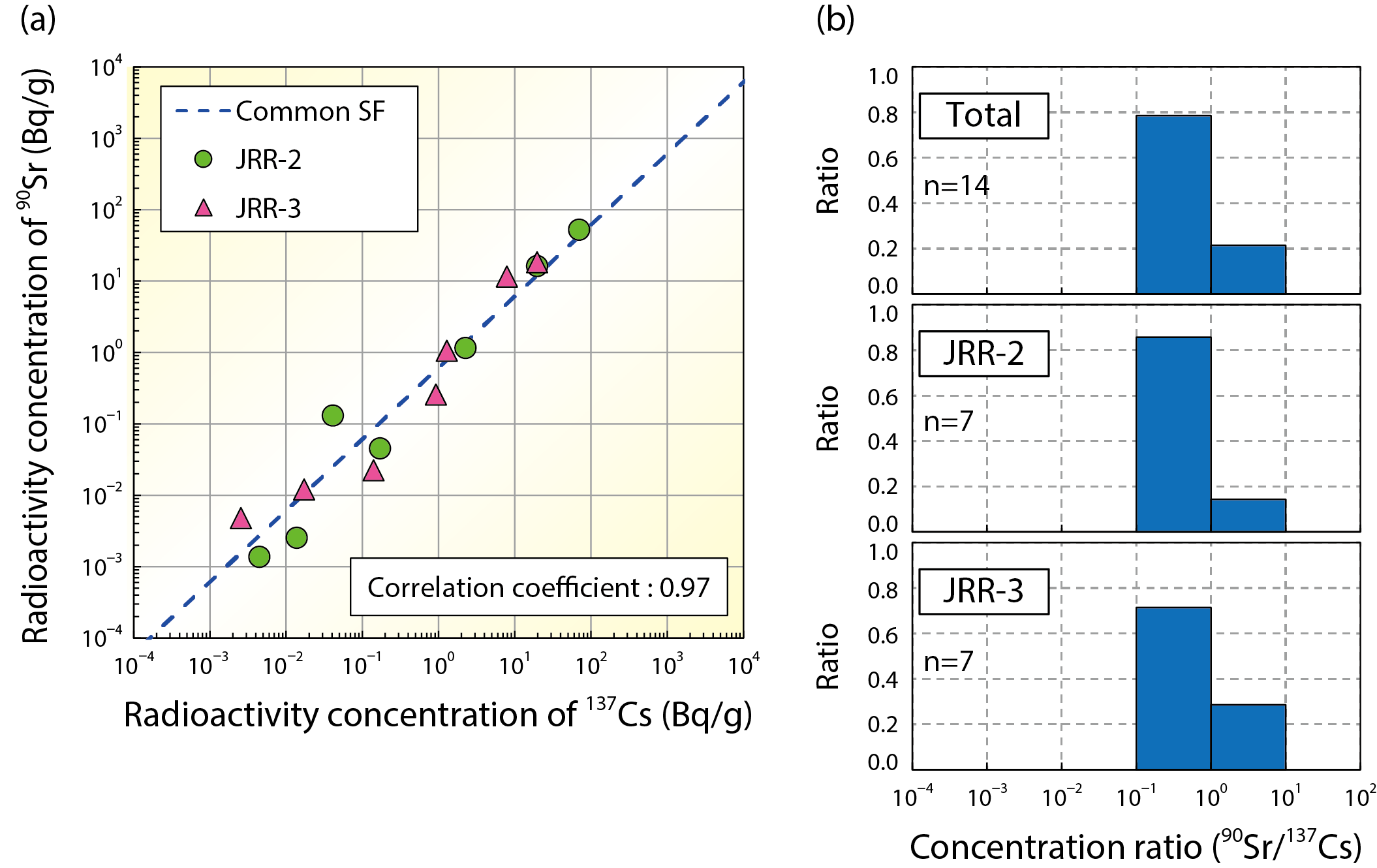
Fig.8-4 Common SF for multiple facilities

Fig.8-5 (a) Scatter diagram of the RCs of 90Sr and 137Cs in waste from the JRR-2 and the JRR-3; (b) RC ratio distribution for 90Sr/137Cs per facility
We have planned the near surface disposal of low-level radioactive waste generated by research, industrial, and medical facilities. It is necessary to confirm that the waste radioactivity concentrations (RCs) of each nuclide are smaller than the acceptable concentrations. However, a lot of effort is needed to collect the waste samples and perform radiochemical analysis to evaluate the RCs of difficult-to-measure nuclides (DTMNs). Therefore, it is important to establish more efficient methods for waste evaluation.
For waste generated by a research reactor, the scaling factor (SF) method has already been used because of its efficiency in evaluating the RCs of DTMNs by using the RC ratios of DTMNs and easy-to-measure nuclides (key nuclides). However, it is impractical to attempt to determine waste SFs for each reactor, because various types of research reactors exist in Japan.
Therefore, the applicability of the common SF for waste from both Japan Research Reactor-2 (JRR-2) and Japan Research Reactor-3 (JRR-3) has been examined based on the RCs of 19 DTMNs (90Sr, etc.) and the key nuclides (60Co and 137Cs) in metal waste. Both research reactors comprise a heavy-water coolant and have similar characteristics in terms of the nuclide production mechanism and nuclide waste transport behavior, even though their fuel composition and reactor operating history differ.
By following the examination flow (Fig.8-4), the correlation of the key nuclides and the DTMNs in waste from both JRR-2 and JRR-3 was examined by a statistical analysis of the scatter diagram (Fig.8-5(a)) and a calculation of the t-test. Upon confirmation of a correlation, an observation of the concentration ratios (Fig.8-5(b)) and a calculation of the F-test were performed to examine whether the common waste SFs from JRR-2 and JRR-3 were applicable.
As a result, the RC correlation between 90Sr and 137Cs was confirmed by the t-test (significance level = 1 %) and its correlation coefficient was determined to be 0.97. Moreover, an application of a common waste SF from JRR-2 and JRR-3 was established by performing the F-test (significance level = 1 %). Similar results were obtained for the SFs of 63Ni/60Co, 152Eu/60Co, and 239Pu+240Pu/137Cs. These results indicate that common waste SFs of these five DTMNs at JRR-2 and JRR-3 can be applied.
The RCs of 14 DTMNs showed no correlation with the RCs of the key nuclides. Therefore, these will be reevaluated after an increase in RC data, or we will examine the application of the mean activity concentration method of DTMN.
Based on these results, RC data for waste from other nuclear facilities will be collected, after which we will consider to extend to the facilities for which the common evaluation method can be applied.
<Previous: 8 Research and Development on Fuel Reprocessing, Decommissioning, and Radioactive Waste Management | Next: 8-2>